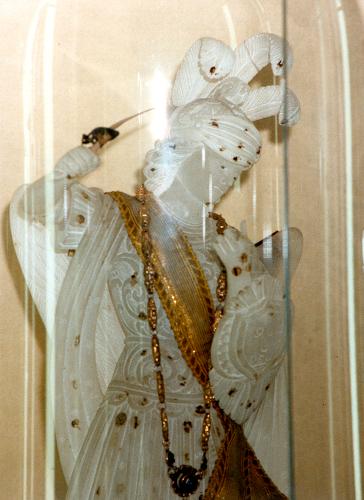
The Museum of Popular Religiosity of Foggia is housed in the crypt of the Church of the Crosses (or Cappellone), the city's only national monument, dating back to 1693 and erected on the site where the Capuchin father Antonio da Olivadi planted seven crosses along the path of a penitential procession. Subsequently, a monumental triumphal arch and the church were erected. The complex was built in Baroque style, using tuff. Currently the monument has a triumphal arch portal through which you access a lawn where five chapels are lined up (of the seven originally planned), which cover as many crosses. The interior of the church, decorated with eighteenth-century stucco, has a single nave, with two side chapels. On the vault, however, there is a canvas depicting the Climb to Calvary attributed to the Neapolitan school. In the center of the church floor there is a trap door covered by a tombstone with a Latin inscription indicating the crypt ("Holy Land") where the remains of the brothers of the Congregation of Monte Calvario are kept. The crypt was probably the site of secret meetings during the Risorgimento.
Information on the Museum of Popular Religiosity of Foggia
Piazza Sant'Eligio c/o Crypt Church of the Crosses or of Mount Calvary,
71121 Foggia (Foggia)
0881771823
Source: MIBACT
Connection failed: Access denied for user 'fulltravel_wpdb03'@'localhost' (using password: YES)